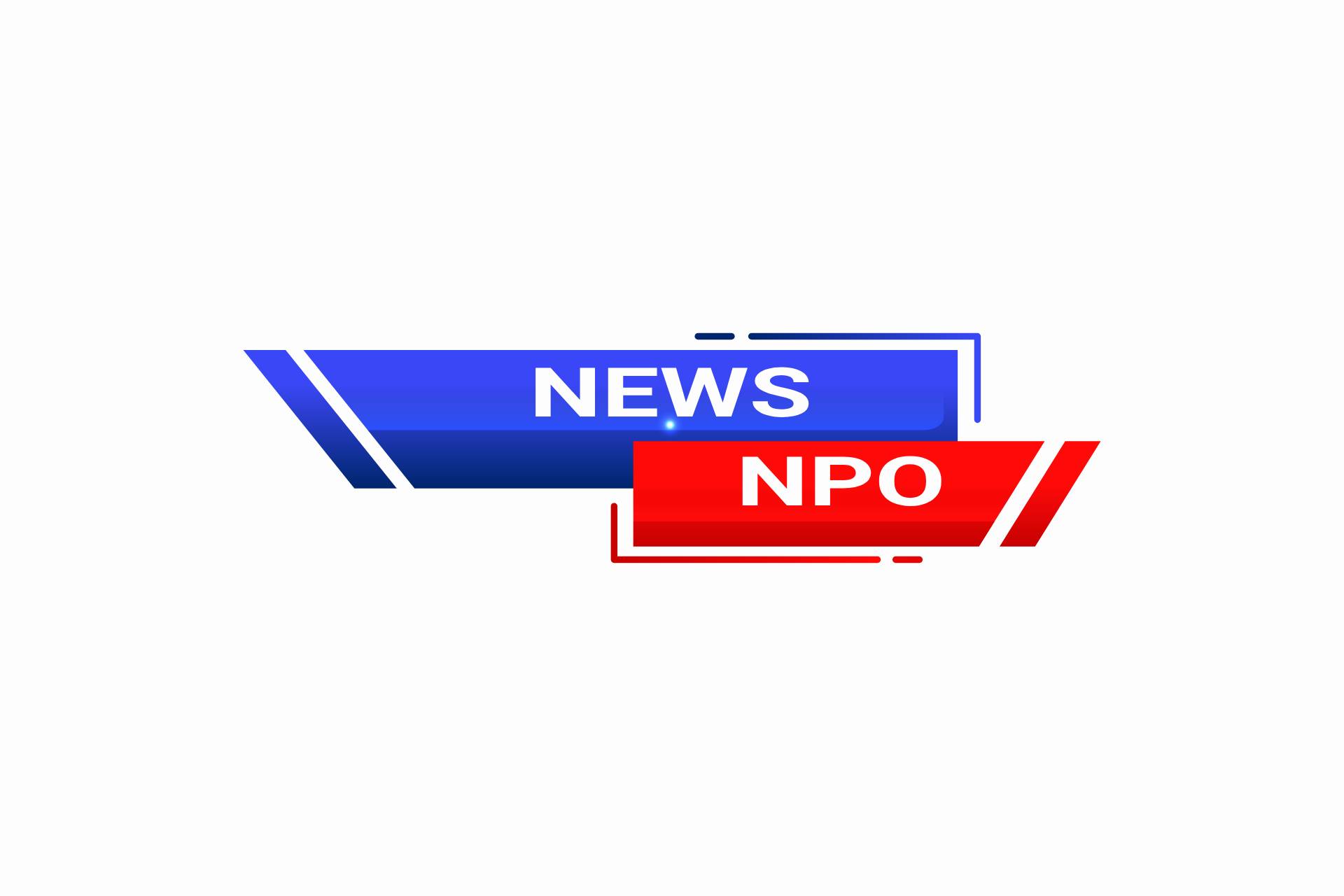
During my internship, I have found it would be impossible for me to survey every reservation and all that is Indian-owned and describe the unique status of the infrastructure of Native communities. At least, not in one summer. My exposure has been limited to the few tribes I belong to and the ever-encompassing Navajo Nation here in the Southwest. As part of my internship with First Nations, I have seen the isolation of the Navajo Reservation. Communities like Leupp and Pinon are like beacons in a void. The endless landscape is only brought into focus by the small highways that weave their way. Fence posts, barbed wire, and telephone poles line the roads, providing the boundary from wilderness to developed land. The roads lead down to decaying buildings from the center of towns.
It is a similar sight as I traverse south from either Gallup or Grants to Zuni. It is an isolated road, but it is among forests and fields of shrubs. The geography is better there than in the places I’ve been to on the Navajo Nation. Of course, I’m saying this without bias. The highways are mostly maintained. Some stretches bulge and dip. Some sections are pulverized to gravel. Cracks in the asphalt never end. But there is work being done. It always seems there is construction going on for the highways leading into Zuni.
Returning to Albuquerque, Acoma is within view of Interstate I-40, which is one of the main routes of a nation’s commerce that carves through this reservation. The roads that lead out, around, and through the rest of Acoma don’t compare. They appear old because of the dirt that covers them. Some are just dirt and rocks that at least make it easy for vehicles to get around. Will something like this necessitate change?
It would be inaccurate to call the status of reservation infrastructure backward. It is just behind in some areas. But the people are working toward bringing it forward. I greatly value my time here with First Nations because they have given me the opportunity to see the mindsets of those who want change. Although brief, I got to meet Darayl Tsabetsaye who opened Major Market in Zuni with help from First Nations. His story was the leading reason I wanted to apply here. Darayl has brought in the opportunity for my people to buy fresh food and bring business to Zuni. Right on the main road through town, he has brought more value to Zuni. He has built something for Zuni.

Major Market is amazing with a great culture, reports First Nations Vice President of Programs & Administration Jackie Francke after a site visit to the store in Spring 2021.
I imagine that’s the mindset that was used for the Twin Arrows Casino. It brings revenue to the Navajo Nation yet falls short of providing what the locals expected. Providing energy to the people was promised, as told by the ranchers there, but it hasn’t materialized. Projects like Twin Arrows are not perfect. It hasn’t given power to the local people, but it does bring revenue for the Navajo Nation. Maybe it will bring that infrastructure in time.
There is always planning and work to be done. Acoma is working on its own public transit system. However, it only exists on paper. The farmers and ranchers who I met through First Nations’ Conservation Planning and Train-the-Trainer sessions this summer have given me insight into the optimism that fuels future projects. Getting to execution is the problem — from tribal, state, and federal government, to funding, transportation, support, and all that goes into anything. Getting to the finish line is the barrier to much of the reservation’s success.
But, from what First Nations provides and my own research into it, the money is there to support action on the reservations. My favorite grant program I’ve found is the Department of Transportation’s Public Transportation on Indian Reservations Program, which provides funding for public transit projects to reservations. And First Nations works with the USDA’s Natural Resources Conservation Service (NRCS) to help the farmers and ranchers I mention so often. I hope that people realize that opportunities are there to improve things.
There is much that can change, and I wonder where we will go.
Matthew Concho
First Nations Intern
Source link





